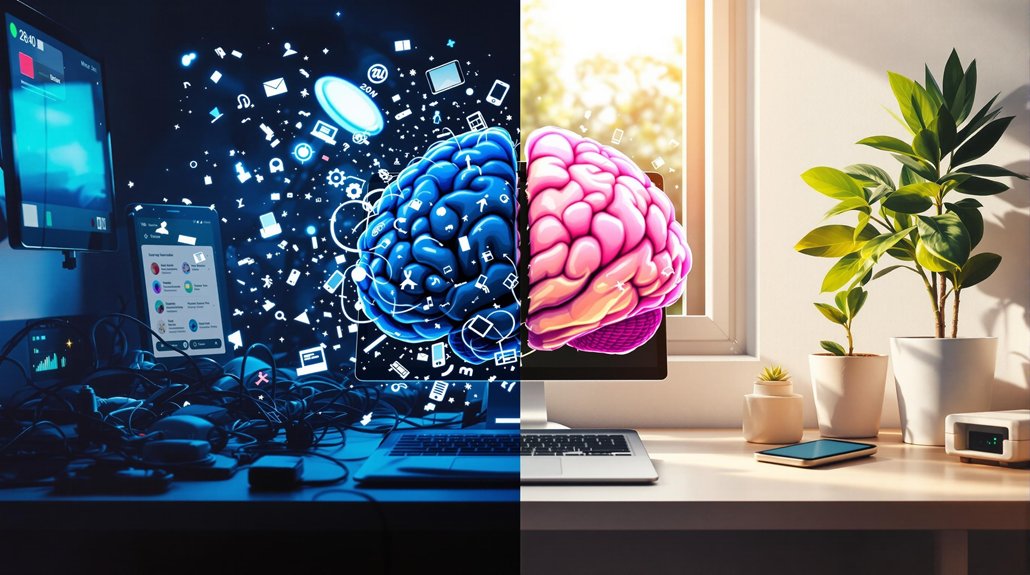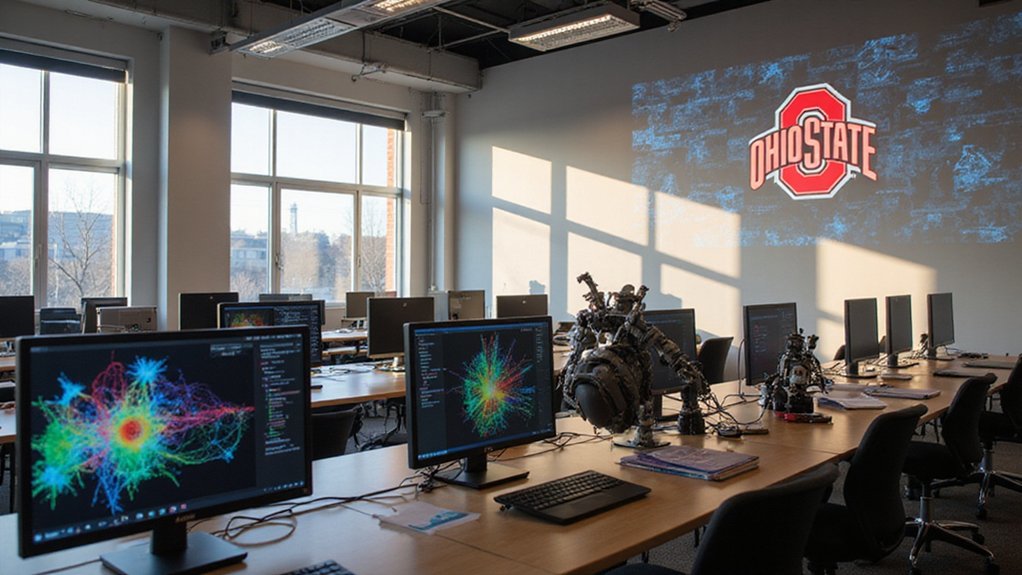AI usage in education has grown substantially, with 70% of high school students and 67% of teachers now using these tools. However, a concerning bias crisis is emerging. AI systems often reflect their primarily white developers’ biases and widen the digital divide between wealthy and disadvantaged communities. Suburban districts lead in adoption while high-poverty areas lag behind. Education leaders face urgent challenges in ensuring these powerful technologies serve all students fairly.
Nearly three-quarters of high school students are now using artificial intelligence tools in their education, marking a significant shift in how learning happens in American schools. The 2023-24 school year saw student AI usage jump to 70%, up from 58% the previous year. Teacher adoption has likewise increased from 51% to 67%.
Despite this growth, implementation remains uneven. Only 18% of K-12 teachers nationwide reported using AI for teaching in Fall 2023, with just 8% considered “super users.” Suburban districts lead in adoption, creating concerning gaps when compared to urban, rural, and high-poverty areas. Diverse development teams and collaborative approaches in AI implementation could help address these disparities by ensuring technology meets the needs of all communities.
The benefits of AI in education are substantial. Tools like Khan Academy and i-Ready are used weekly by 61% of primary teachers, while 53% use chatbots like ChatGPT. These systems help create assessments, adjust lesson content, and support students with learning difficulties.
However, significant equity concerns exist. AI may worsen existing disparities, with Black and Latino students disproportionately affected by algorithmic biases. Digital divides between wealthy and disadvantaged communities further deepen these inequalities. Many AI systems reflect the backgrounds of their primarily white developers. These ethical challenges are becoming increasingly important as AI legislation has been enacted in 127 countries to address bias and fairness concerns.
Schools face practical challenges too. Two-thirds of teachers lack guidance on handling inappropriate AI use like plagiarism. Training opportunities are limited, with only 23% of districts providing AI professional development. High costs restrict adoption in under-resourced schools. Recent research shows special education teachers are increasingly using AI to develop individualized education programs, with 40% reporting such applications.
Privacy concerns and transparency issues compound these problems. Many AI tools don’t explain their decision-making processes, creating a “black box” effect that reduces trust.
Addressing these issues requires coordinated action. Schools need clear policies for ethical AI use. Education on AI ethics should be included in teacher training. Regular audits can help identify and fix biases in educational AI.
As AI becomes more prevalent in classrooms, the challenge for education leaders isn’t just implementing the technology but ensuring it serves all students equitably.









